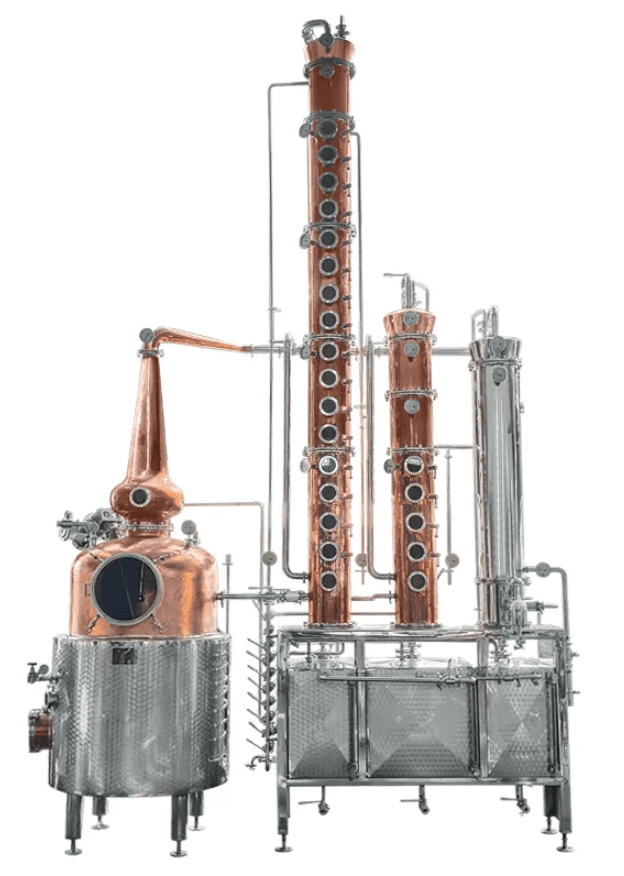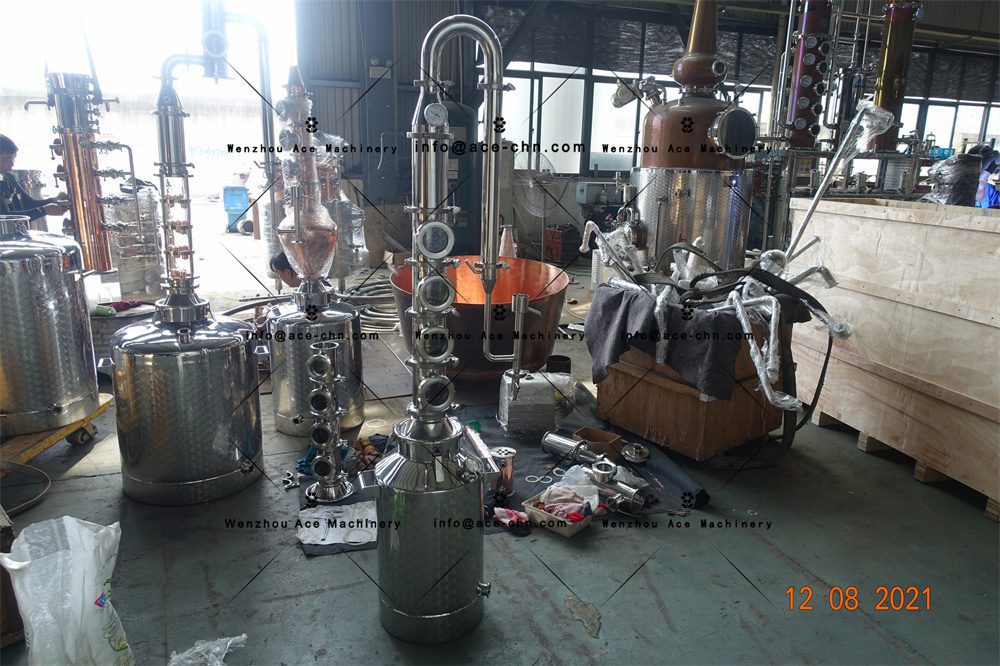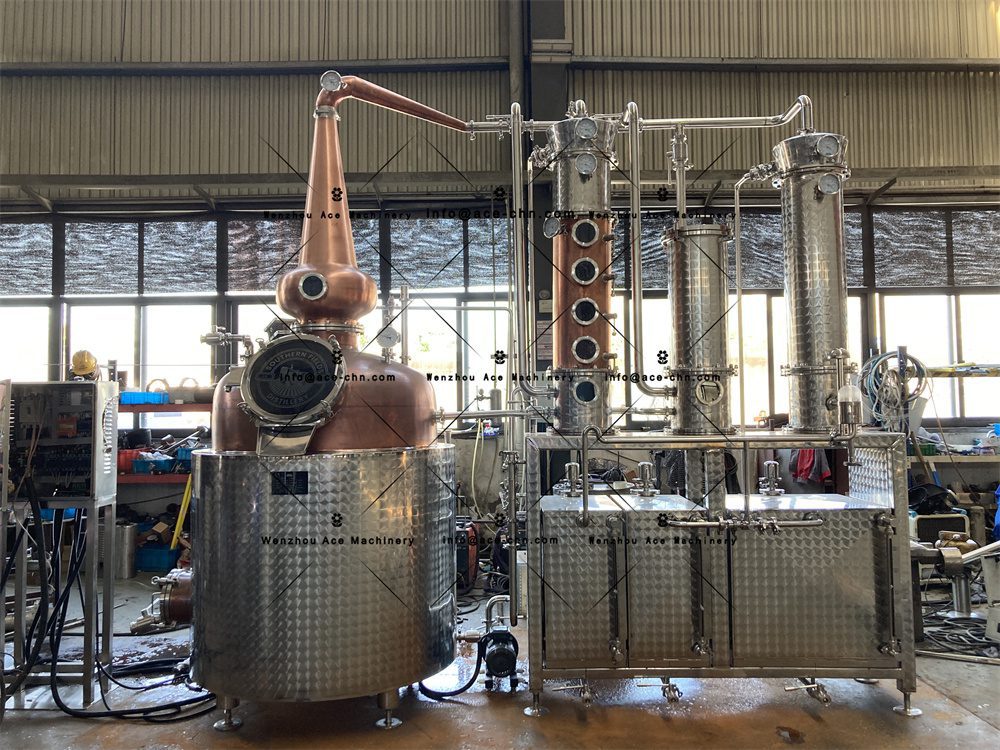Recent years have seen a rise in the popularity of home-distillation. They want to be able to make their spirits at home and save money on the alcohol they buy in stores. Distillation is a complicated process that can be dangerous if not performed correctly. In this step-by-step guide, we will walk you through the process of distilling alcohol at home, from obtaining a permit to the final product.
You will find this tutorial to guide you through every step of the process.
Why distill alcohol at home?
You can create your own spirits at home, try out different flavors, and save money by not buying alcohol from the store. You can also control the ingredients, creating a more natural and healthier product.
How to obtain a permit
It is essential that you obtain a distillation permit from the Alcohol and Tobacco Tax and Trade Bureau before beginning the process. The United States requires this permit to ensure that you follow all safety and regulatory measures.
You will be required to submit an application, which includes information on your still, what type of alcohol is intended to be distilled, and how you intend to use the alcohol. The TTB may also require that your distilling equipment be inspected and will conduct a background investigation.
Choose a Still

The next step would be to choose the still. There are several types of stills including column stills (also known as column stills), reflux stills (also known as pot stills) and pot stills. Each type comes with its own set of advantages and disadvantages. Do your research to find the best fit for your needs and your budget.
Preparing Your Ingredients
The ingredients used in distilling the alcohol are called “mash”. The mash consists of water and sugar with yeast. This mixture is fermented into alcohol. The type and proportions of ingredients you need for your mash will depend on the alcohol you intend to distill.
Prior to beginning the distillation, you should prepare your ingredients. Using inferior ingredients can lead to a bad-tasting product.
Distillation Process
The distilling procedure can be divided up into three major steps: fermentation (the first step), distillation (the second step), and aging.
Fermentation
Fermentation is the initial step in distilling. Yeast in the mash is responsible for converting sugar to alcohol. The mash will typically ferment for 5 to 7 days. However, this time frame can vary depending on which type of alcohol you are producing.
Distillation
The mash is ready to distill once it has fermented. Distillation is a process that separates the alcohol from water and other impurities within the mash. This is achieved by heating the mash inside the still. This causes the alcohol vapor to rise and then condense back into liquid.
The first distillation produces a high proof alcohol which is not yet ready for consumption. This alcohol is then distillate a second-time in a procedure known as “spirit runs”. The spirit-run produces a drinkable and refined alcohol.
Ageing
Ageing is the final step of distillation. This step is optional, and only required for certain types alcohol such as whiskey. The alcohol develops more complex flavors and aromatics when it is aged, which results in a smoother product.
Safety Precautions
If you do not take the necessary safety precautions, distilling alcohol can become dangerous. Always wear protective gear such as goggles and gloves when working with the still or the alcohol. In case of an accident, it is important to keep a fire-extinguisher close by.
Troubleshooting
It is crucial to address any problems that arise during the distillation process. Low alcohol yields, off flavors, and leaks within the still are all common issues. Understanding the distilling process and researching it beforehand can prevent many of these problems.
Tips for Successful Home Distilling
Follow safety precautions, and get a permit to distill alcohol at home.
For the best tasting final product, use high-quality ingredients.
Choose the best still that suits your budget and needs.
Record your distillation process, including any changes you make.
Try experimenting with different ingredients and methods to make unique and flavorful spirits.
The conclusion of the article is:
It can be fun and rewarding to distill alcohol at home, but you must follow all safety regulations and precautions. You can make high-quality spirits at home by obtaining a license, selecting the right still and preparing the ingredients properly. Don’t forget to research the distilling process and to understand it before you begin. Also, don’t hesitate to experiment.
















